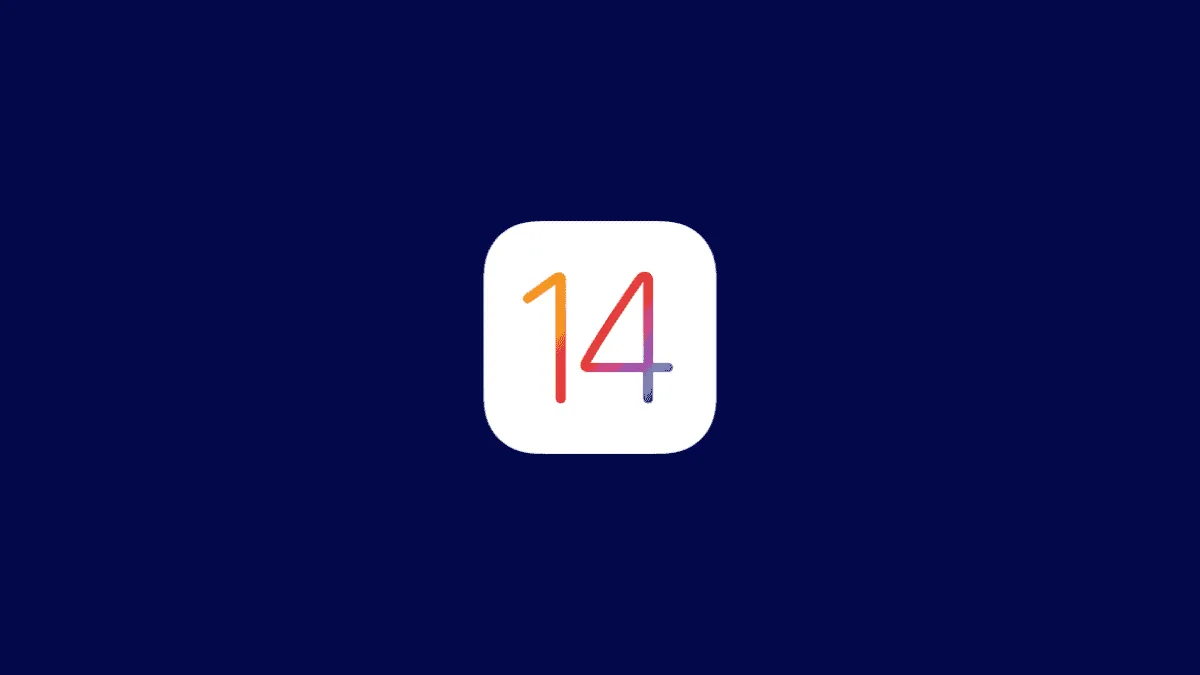The Internet has been full of all the amazing updates coming to iOS 14 this past month. That has sent a lot of us on a FOMO trip. Oh, you were on it too, huh? Well, greetings, fellow passenger!
Apple aficionados were waiting for the iOS 14 public beta to drop ever since Apple announced the iOS 14 developer’s beta at WWDC’20. And as soon as the public beta released a couple of days ago, people were all over it. Chances are, you were too – why else would you be here? Of course, you could also be doing due diligence before installing the beta OS to know how easy it will be to get rid of it, but for most users, it’s the first one, isn’t it?
The beta version is a work in progress, and beta testers are like Apple’s guinea pigs. They help Apple identify the bugs so that when the iOS releases for the public in the Fall, there are no major bugs in the iOS. So, most users try out the beta profile on a spare iPhone instead of their main one as they know it is full of potential risks. Even Apple advises backing up your phone before installing the beta profile.
So, if you downloaded the beta version on your phone in the heat of the moment, but now you don’t want to live with the bugs anymore, you can totally go back to the previous version.
To delete the beta profile, go to ‘General’ from the settings of your iPhone.
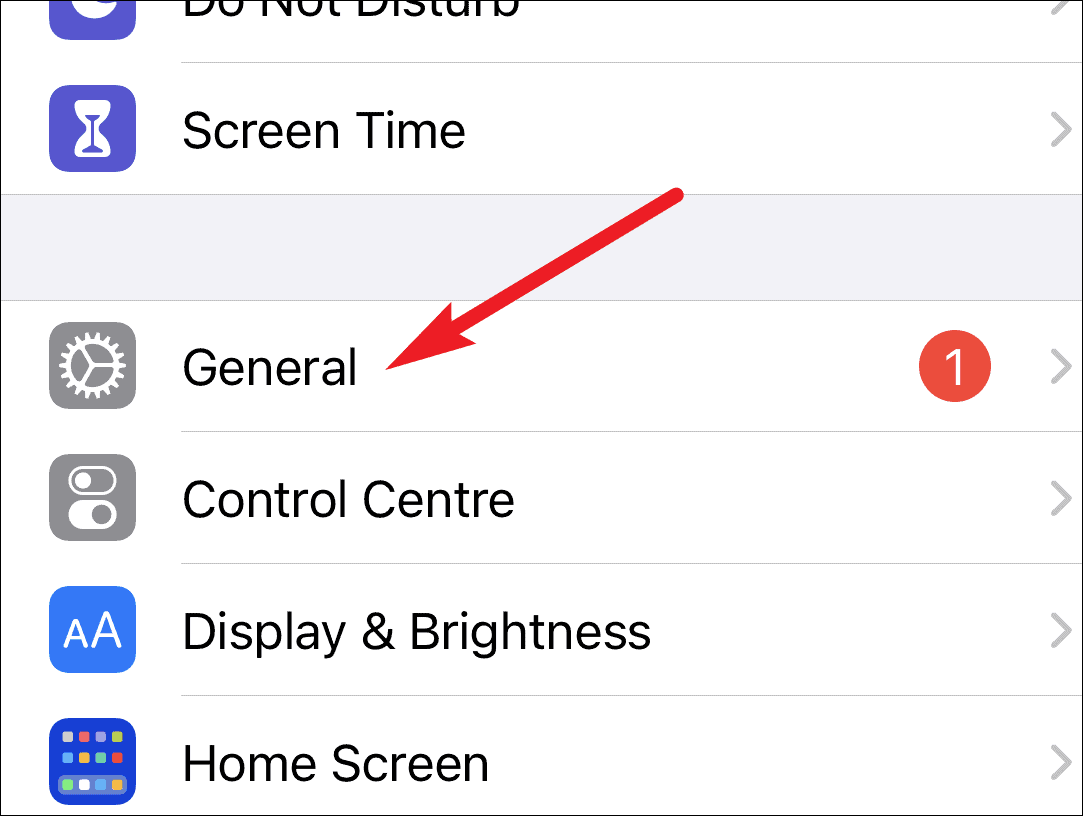
Scroll down and tap on the ‘Profile’ option.
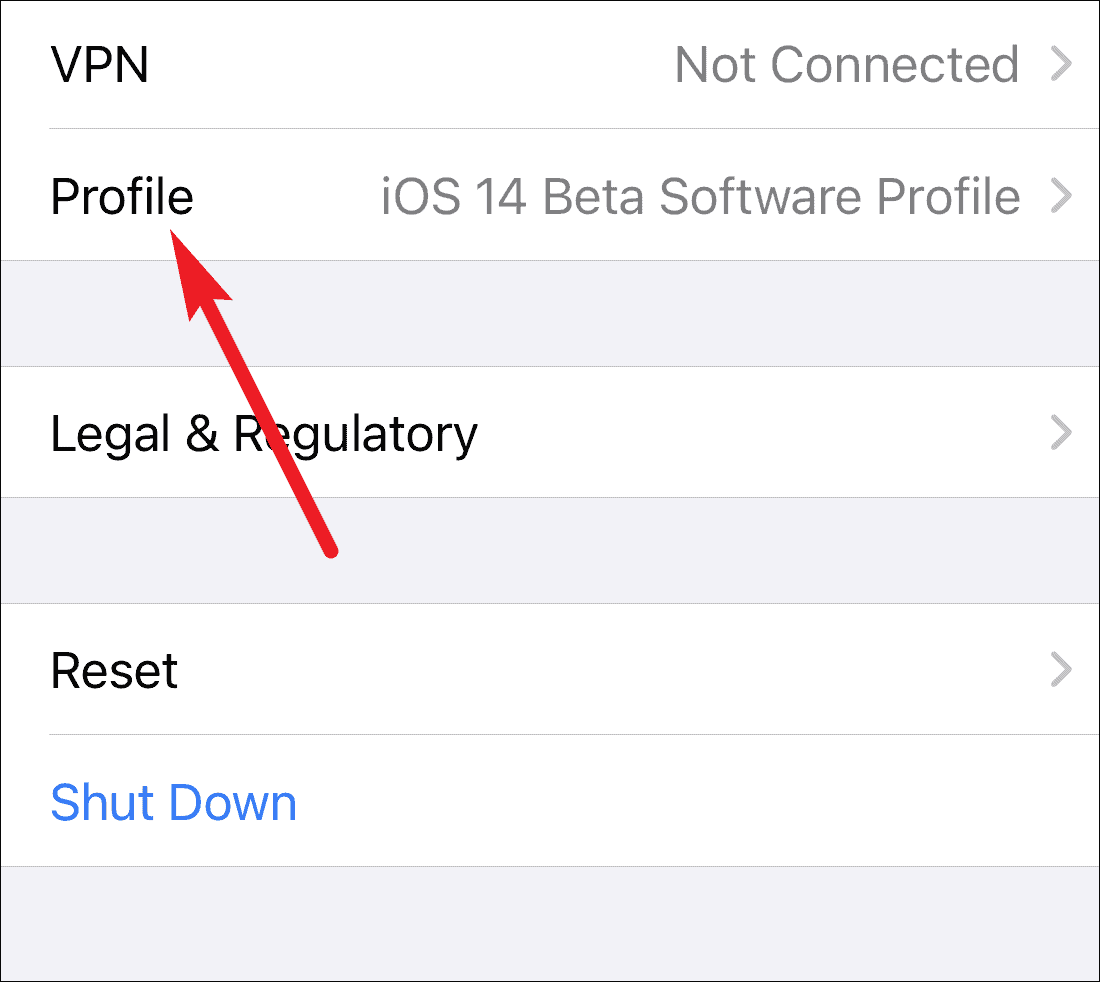
It’ll show the downloaded profile (or, profiles if there is more than one on your phone). Tap on the ‘iOS 14 Beta Software Profile’.

Now, tap on the ‘Remove Profile’ option and delete the beta profile from your iPhone.
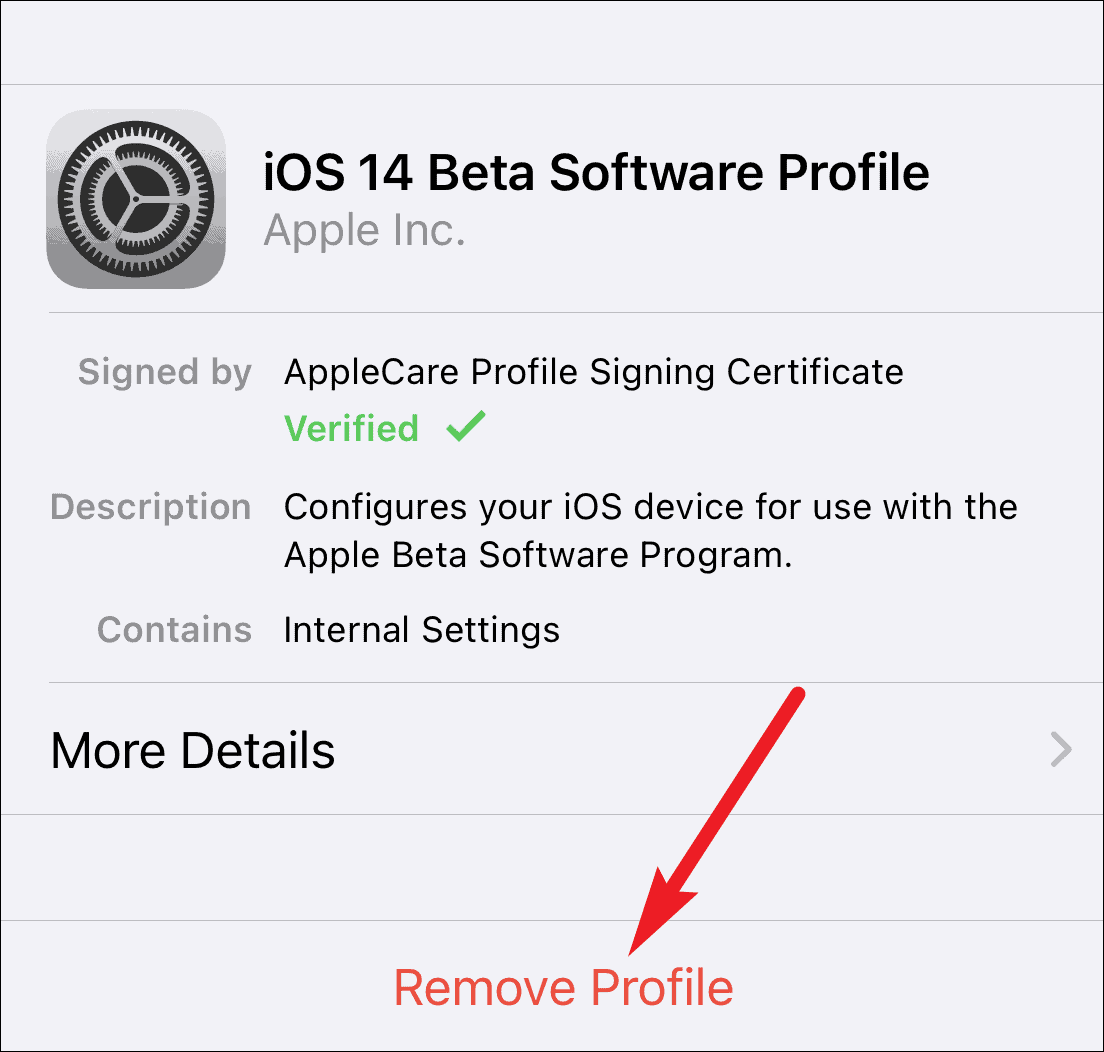
Now, go back to the ‘General’ settings and tap on the ‘Software Update’ option and install the latest iOS 13 version on your iPhone. And ta-da! It’s done.
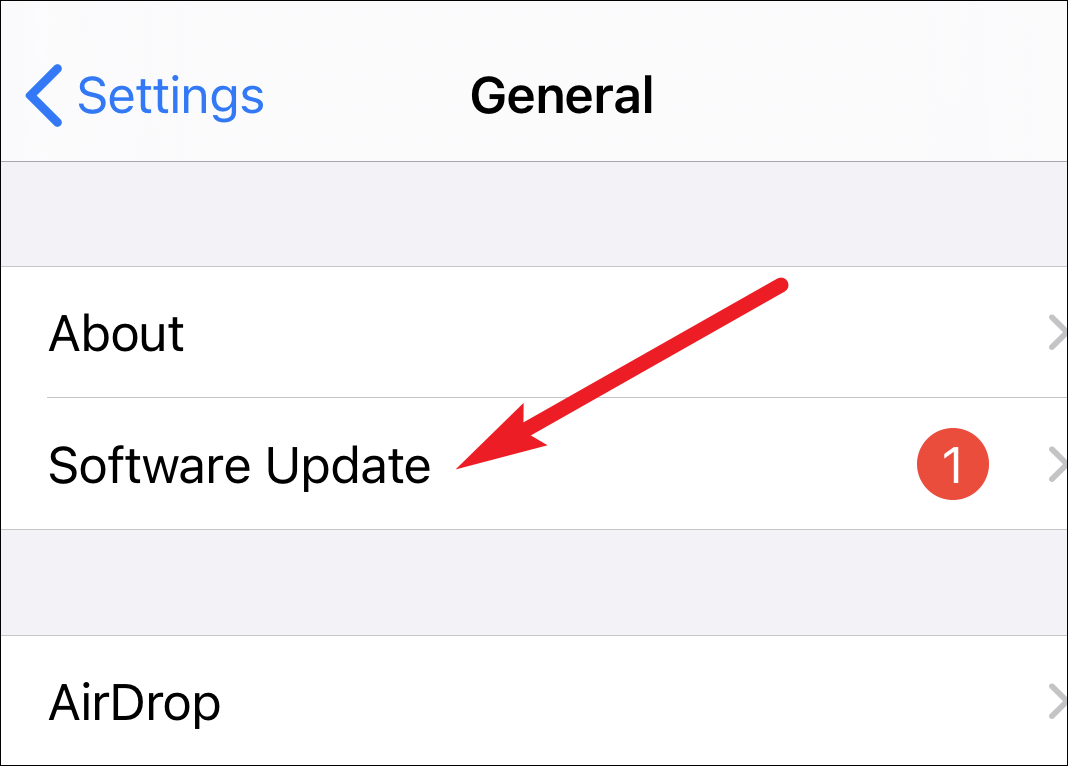
FOMO is a powerful vortex most of us get sucked into. But you don’t have to stick with any decisions you regret now. I know that sounds philosophical, but I mean it – especially if the decision was downloading the beta profile on your iPhone. Go ahead and get rid of it if that’s what you want.

